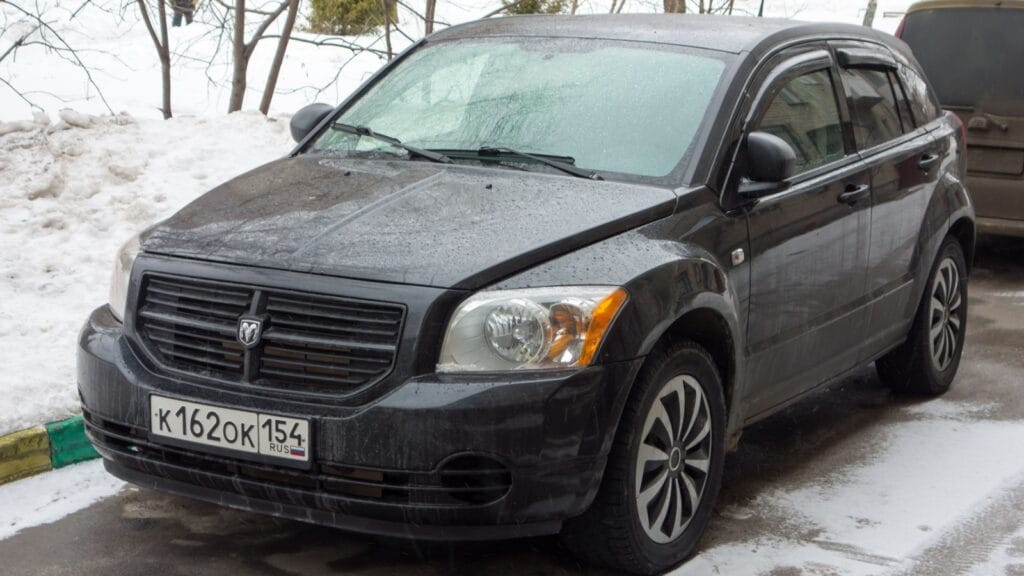Reliability is the foundation of a good vehicle. A car can have flashy styling, a long list of tech features, or a tempting price, but if it constantly breaks down, it becomes more of a liability than a convenience. In Canada, where cars are pushed to the limit by harsh winters, salted roads, and long commutes, reliability matters even more. Some cars on the market have earned reputations for repeated failures, costly repairs, or design flaws that simply don’t hold up over time. Expanded here with more detail, these twelve cars stand out as ones that Canadians should avoid if they value peace of mind behind the wheel.
Dodge Journey
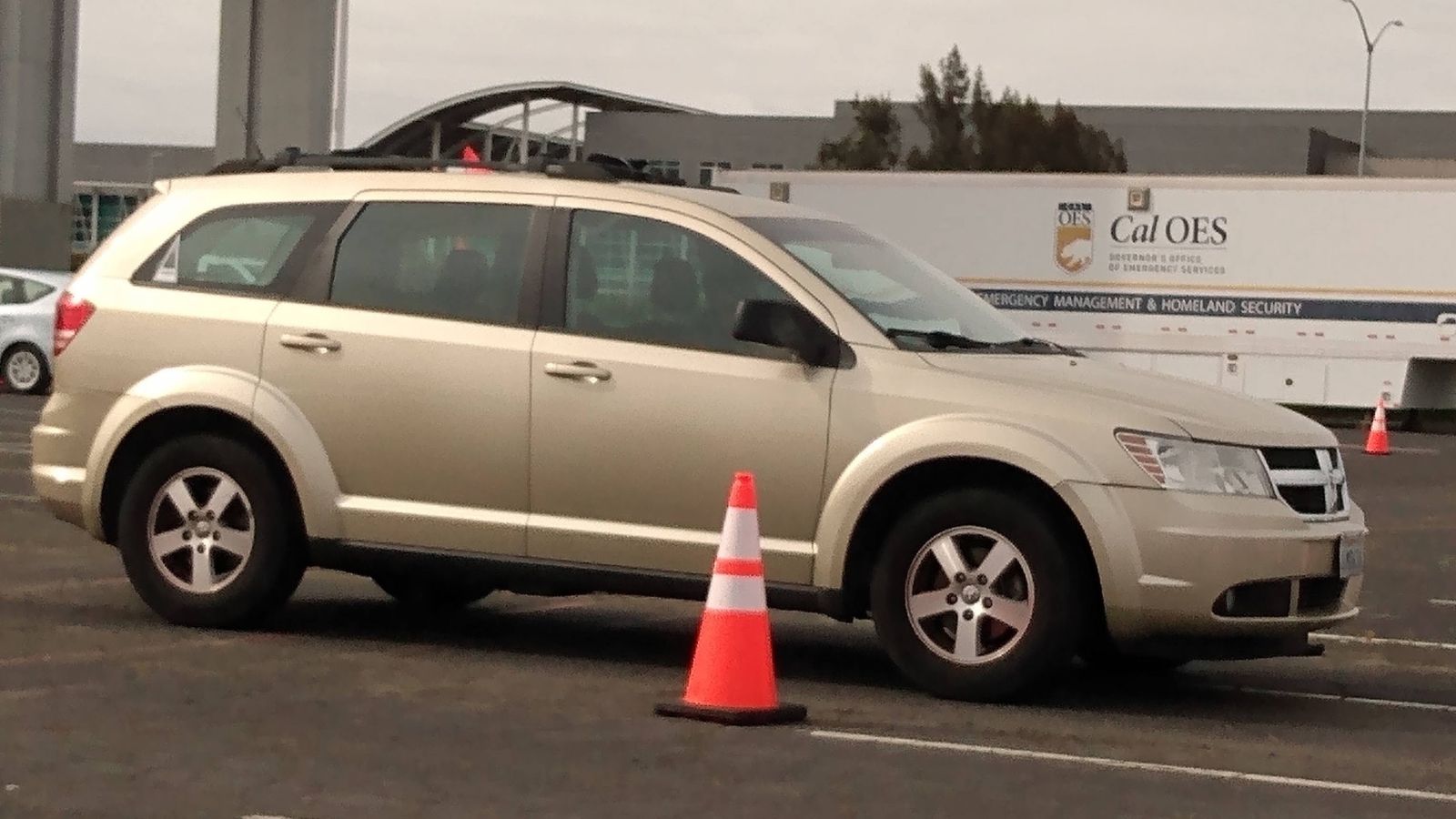
The Dodge Journey seemed like a steal when new, offering a roomy cabin and budget pricing. But owners soon discovered that reliability was its Achilles’ heel. The base four-cylinder engine was painfully underpowered and strained under the weight of the SUV, while the V6 models developed chronic overheating and gasket problems. Transmission failures and constant electrical issues only added to the frustration. In Canadian winters, when dependability is vital, the Journey became notorious for leaving families stranded. On the used market, Journeys are so unwanted that even low prices can’t make up for their poor track record.
Chrysler 200
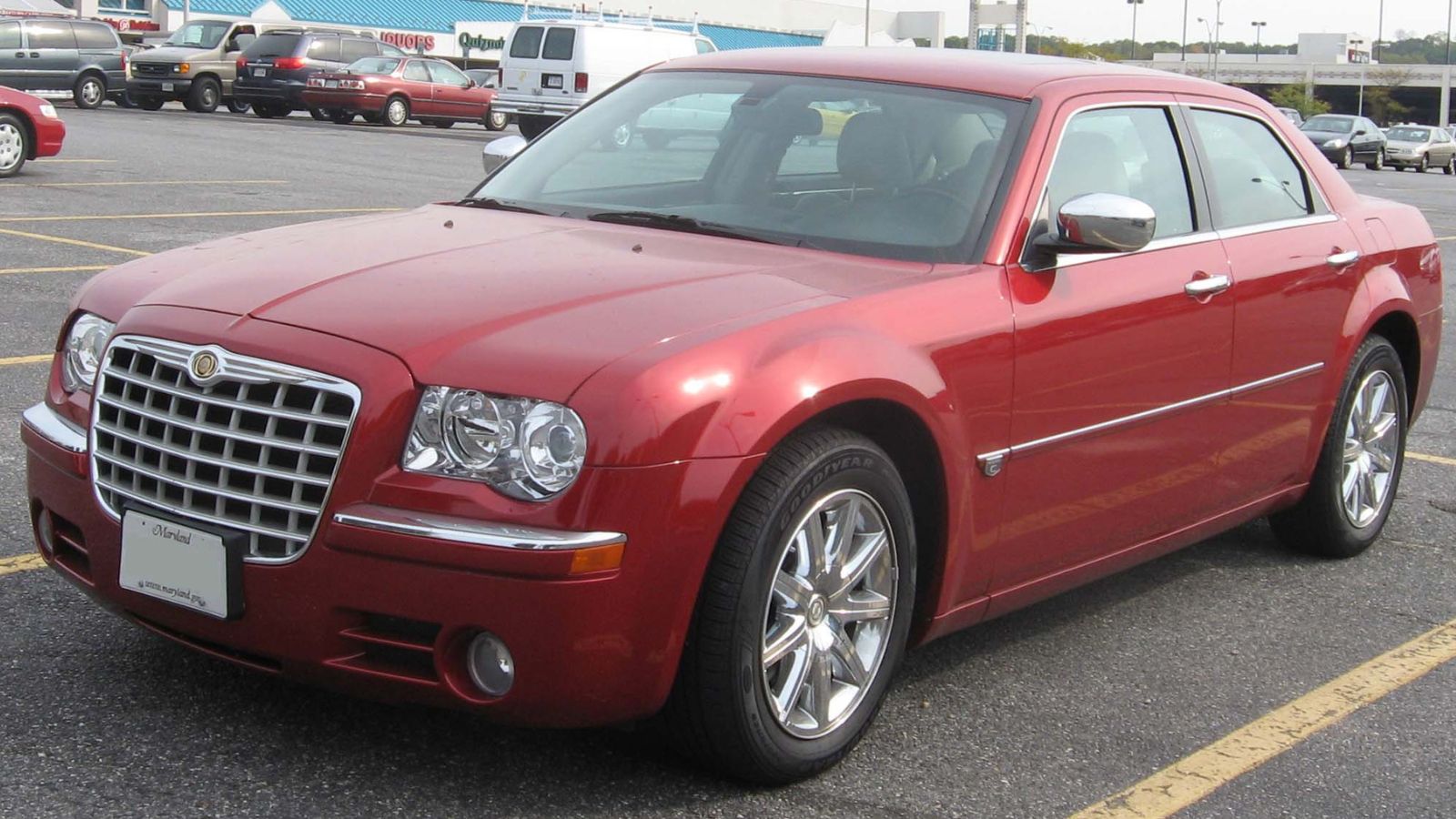
The Chrysler 200 was designed to compete against reliable midsize sedans like the Toyota Camry and Honda Accord, but it fell far short. Engines often stalled or idled roughly, and the transmissions were clunky and prone to early failures. Electrical problems also plagued the model, creating endless small annoyances. Many owners reported major mechanical breakdowns before hitting 100,000 kilometres, which is well below what Canadians expect. Its sleek styling couldn’t hide the fact that this was one of the most unreliable sedans of its era, making it a car best left avoided.
Ford Fiesta
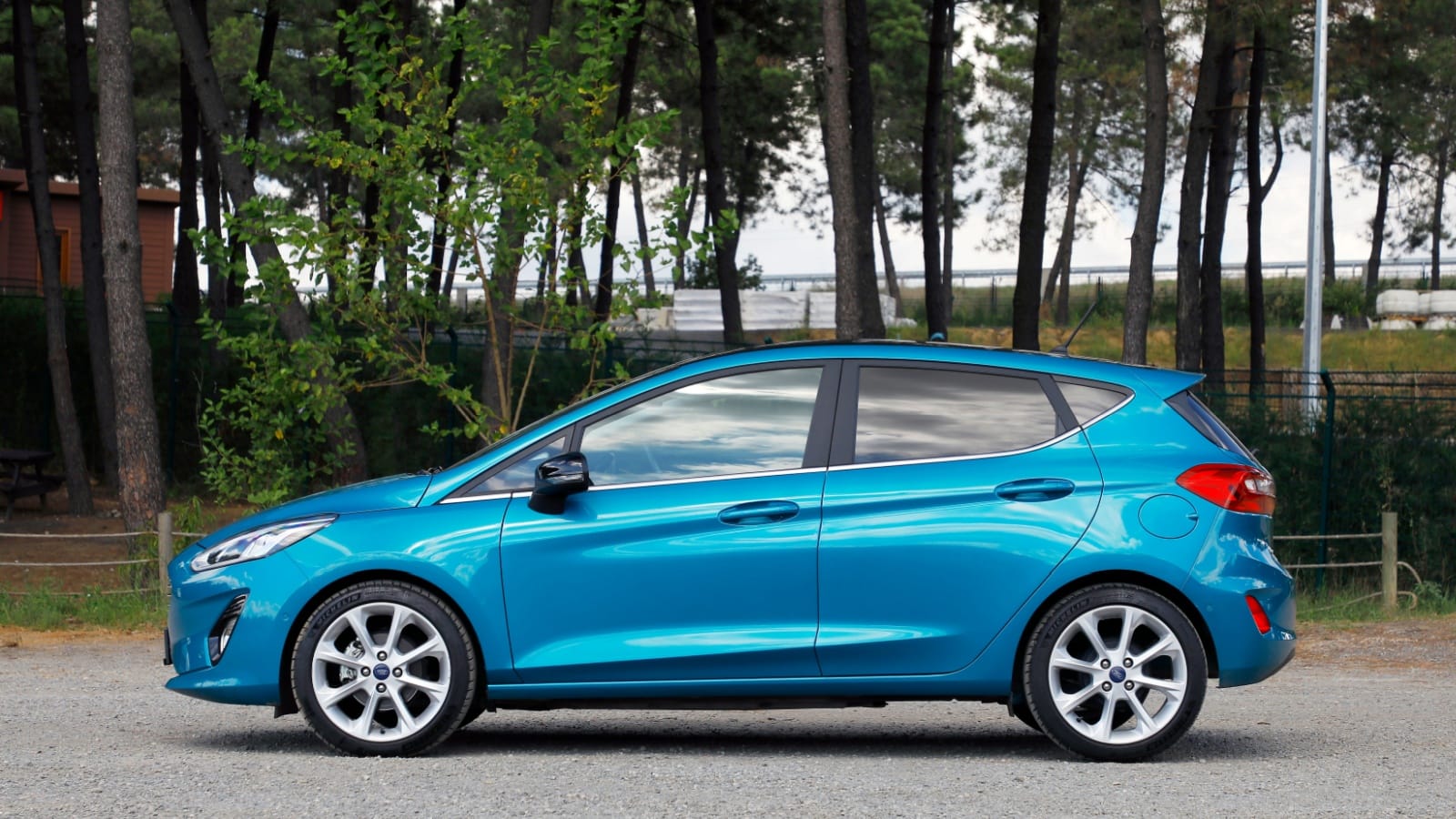
The Ford Fiesta was marketed as a fun, efficient small car, but it quickly earned a reputation for being a nightmare to own. The dual-clutch automatic transmission was the biggest culprit. It shifted erratically, slipped gears, and often failed outright, with replacement costs in the thousands. Even when paired with a manual, the Fiesta wasn’t immune from problems. Engine issues, rattling interiors, and weak suspension components added to its poor reliability record. In Canada, where many rely on small cars as affordable commuter vehicles, the Fiesta’s shortcomings made it anything but cheap in the long run.
Nissan Altima (Older Models)
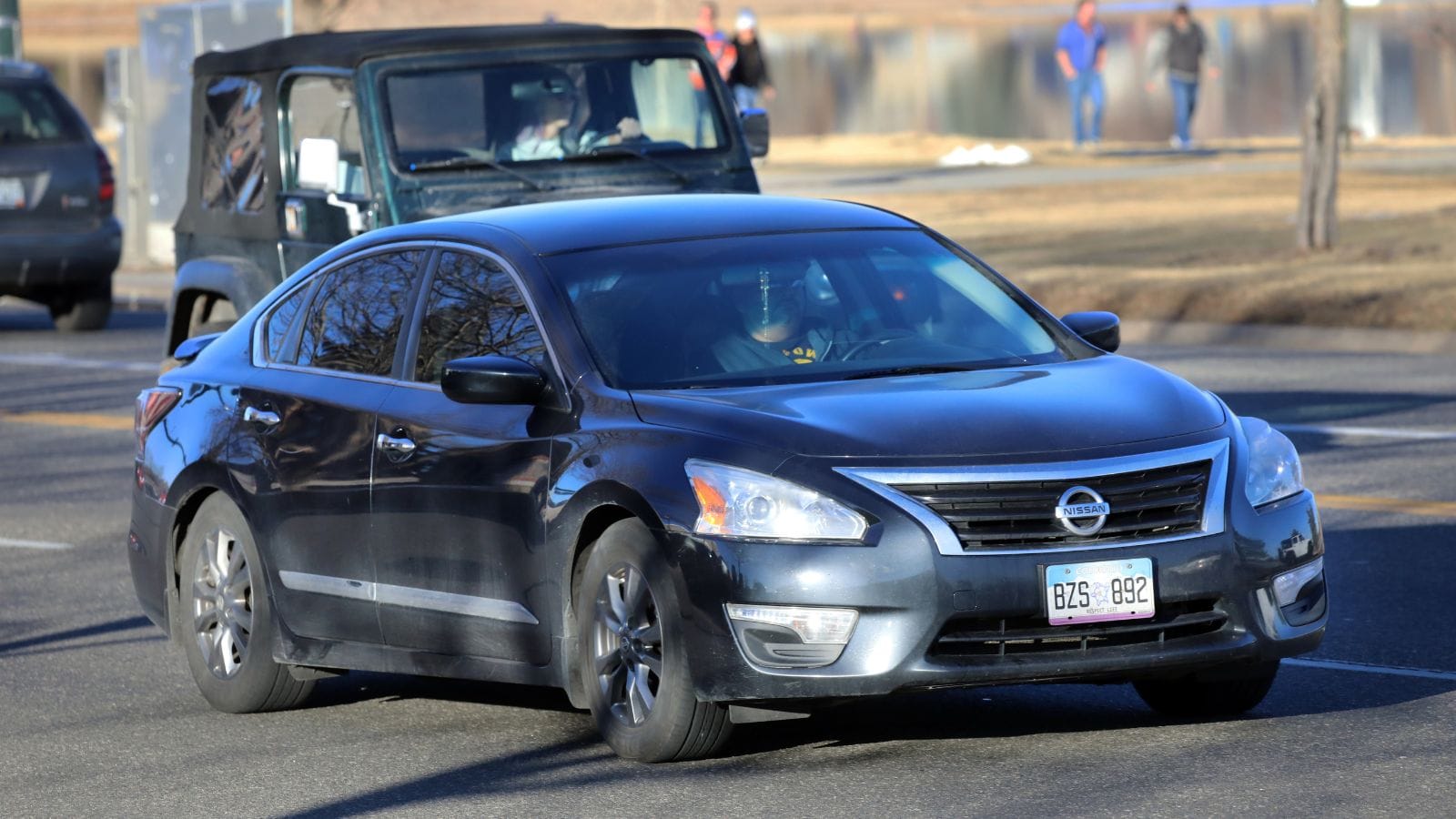
The Nissan Altima has long been popular, but older models, especially those with the CVT transmission, have struggled with reliability. The CVT often failed prematurely, requiring costly replacements that sometimes exceeded the value of the car. On top of that, the 2.5-litre four-cylinder engine developed oil consumption issues, leaving many owners topping up between fill-ups. Add in rust problems in older Canadian models, particularly in regions that use heavy road salt, and the Altima has become a riskier choice on the used market compared to rivals that age more gracefully.
Chevrolet Cruze
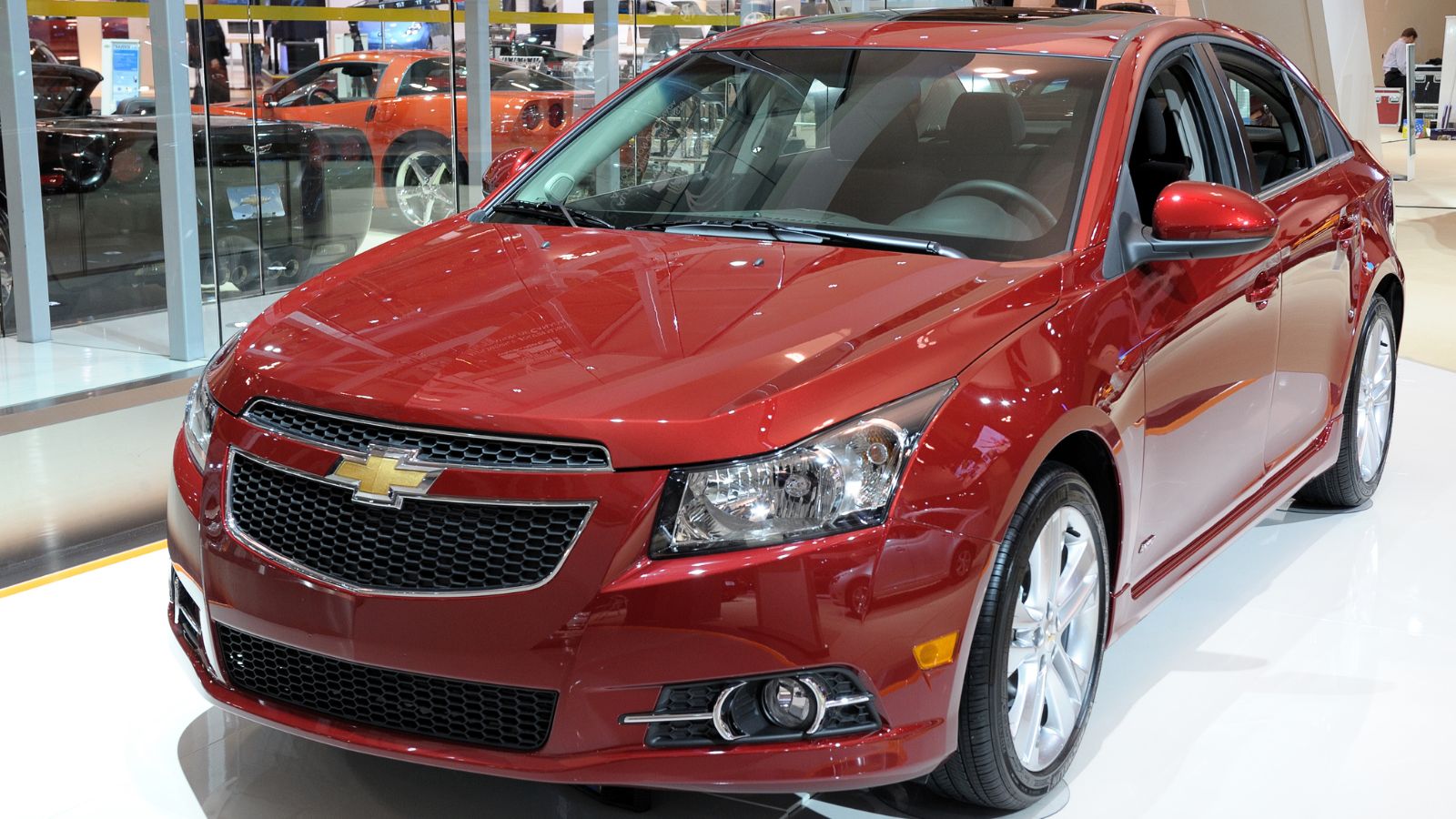
The Chevrolet Cruze was intended to be GM’s answer to the Toyota Corolla, but it never matched the reliability of its competitors. Engines were known for coolant leaks, faulty turbos, and rough running, while diesel models developed their own set of headaches. Electrical gremlins also left many owners frustrated. For Canadian drivers, who depend on small cars for affordable and dependable transportation, the Cruze failed to deliver the durability that rivals offered, leading to a steep drop in resale value and buyer confidence.
Jeep Cherokee
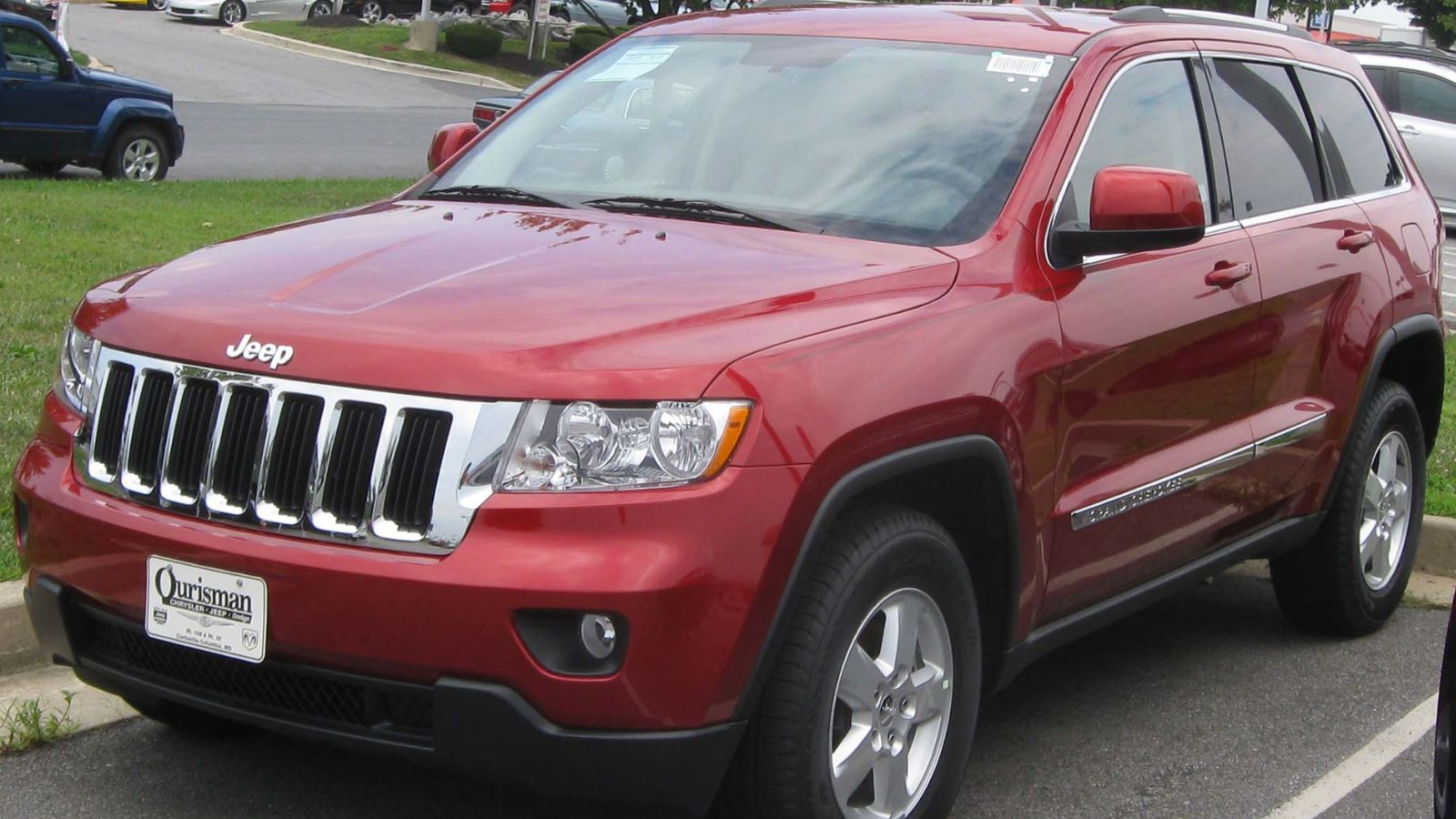
The Jeep Cherokee’s biggest downfall has been its transmission. The nine-speed automatic introduced in early 2010s models was plagued with jerky shifts, hesitation, and outright failures. Electrical issues and suspension problems compounded the Cherokee’s reliability woes. While its off-road ability remained a selling point, Canadian owners who just wanted a dependable daily driver found themselves frustrated with constant repairs. Winter driving, already stressful, only made its shortcomings more glaring. The Cherokee’s reputation for poor reliability has left it lagging behind rivals in the used market.
Volkswagen Jetta (Certain Years)
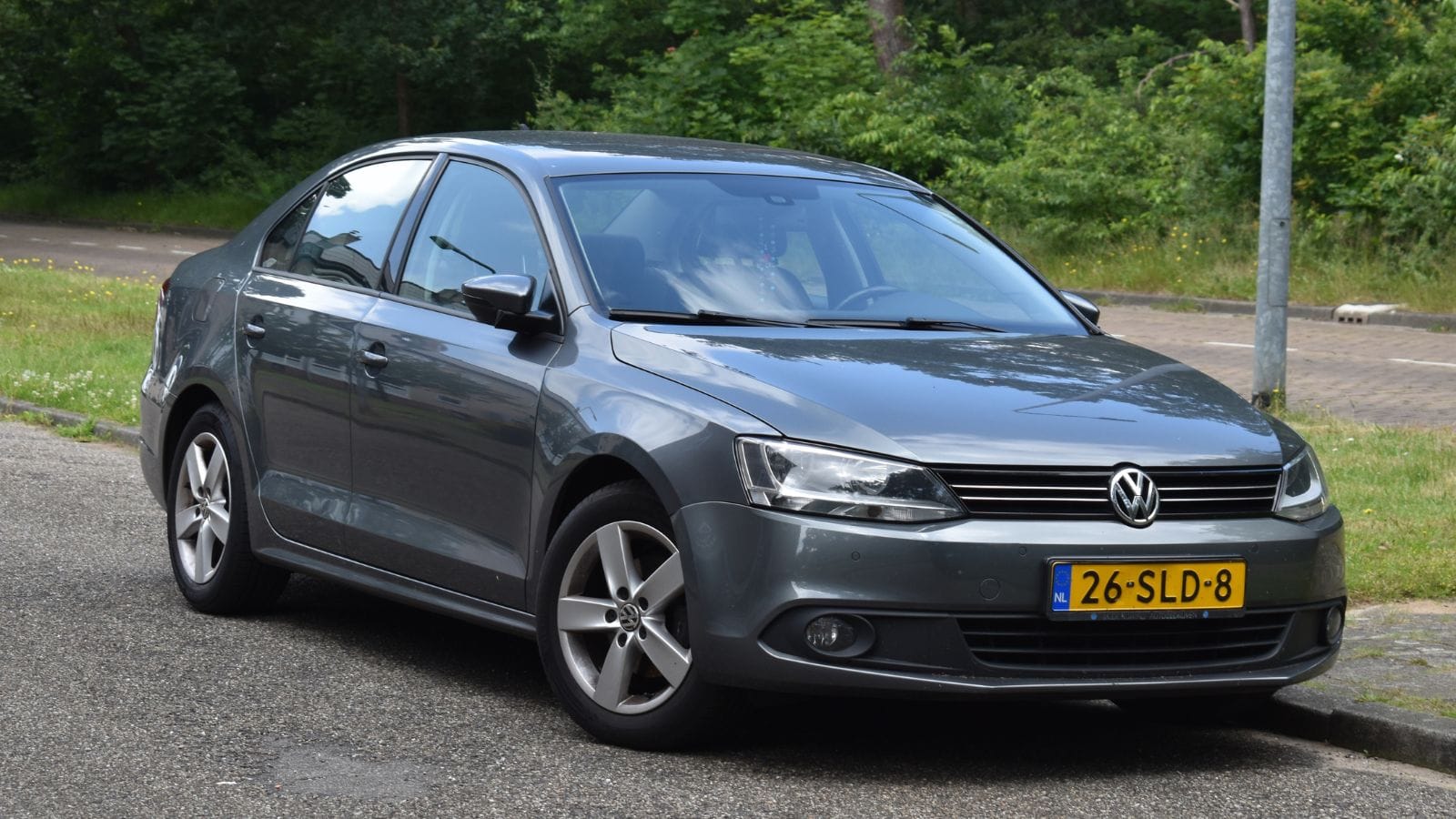
Volkswagen’s Jetta has had its ups and downs, but models from the early 2010s with TSI engines have been particularly unreliable. Timing chain tensioner failures often led to catastrophic engine damage, while turbo and oil consumption problems piled on the bills. Repairs were expensive in Canada, where parts and labour costs are higher than average. While some Jettas are dependable, these model years tainted the name, making many buyers hesitant to take the risk of owning one out of warranty.
Dodge Caliber
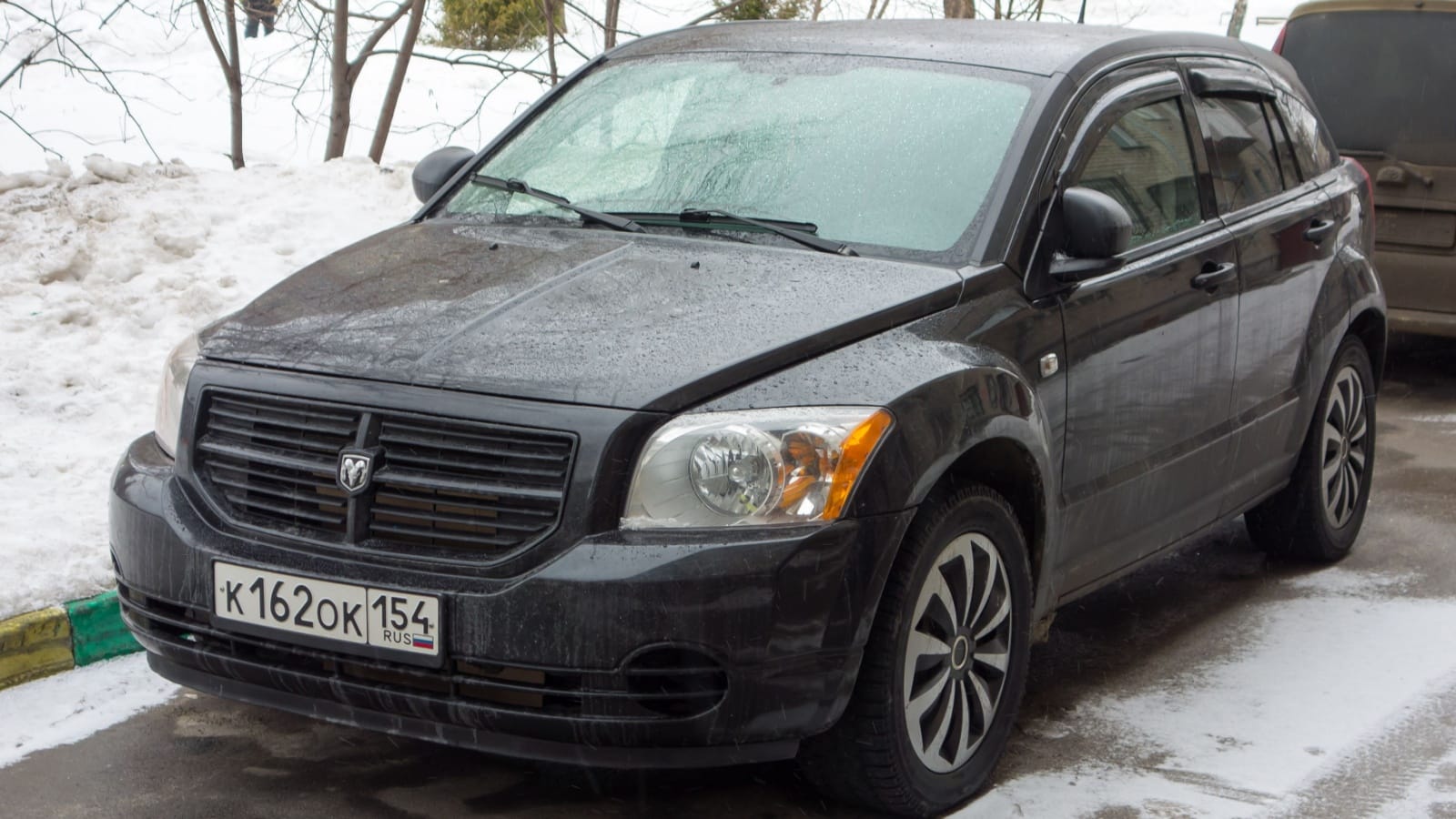
The Dodge Caliber tried to fill the gap left by the Neon, but it ended up being one of the least reliable small cars Chrysler ever built. Its engines were weak and noisy, prone to oil leaks and early gasket failures. The CVT transmission was fragile and expensive to repair. Poor build quality also meant that even interior components and electronics wore out quickly. Canadian buyers who picked up the Caliber for its low sticker price soon discovered that constant breakdowns erased any savings. It became one of the most unloved compacts on the market.
Kia Optima (2011–2014)
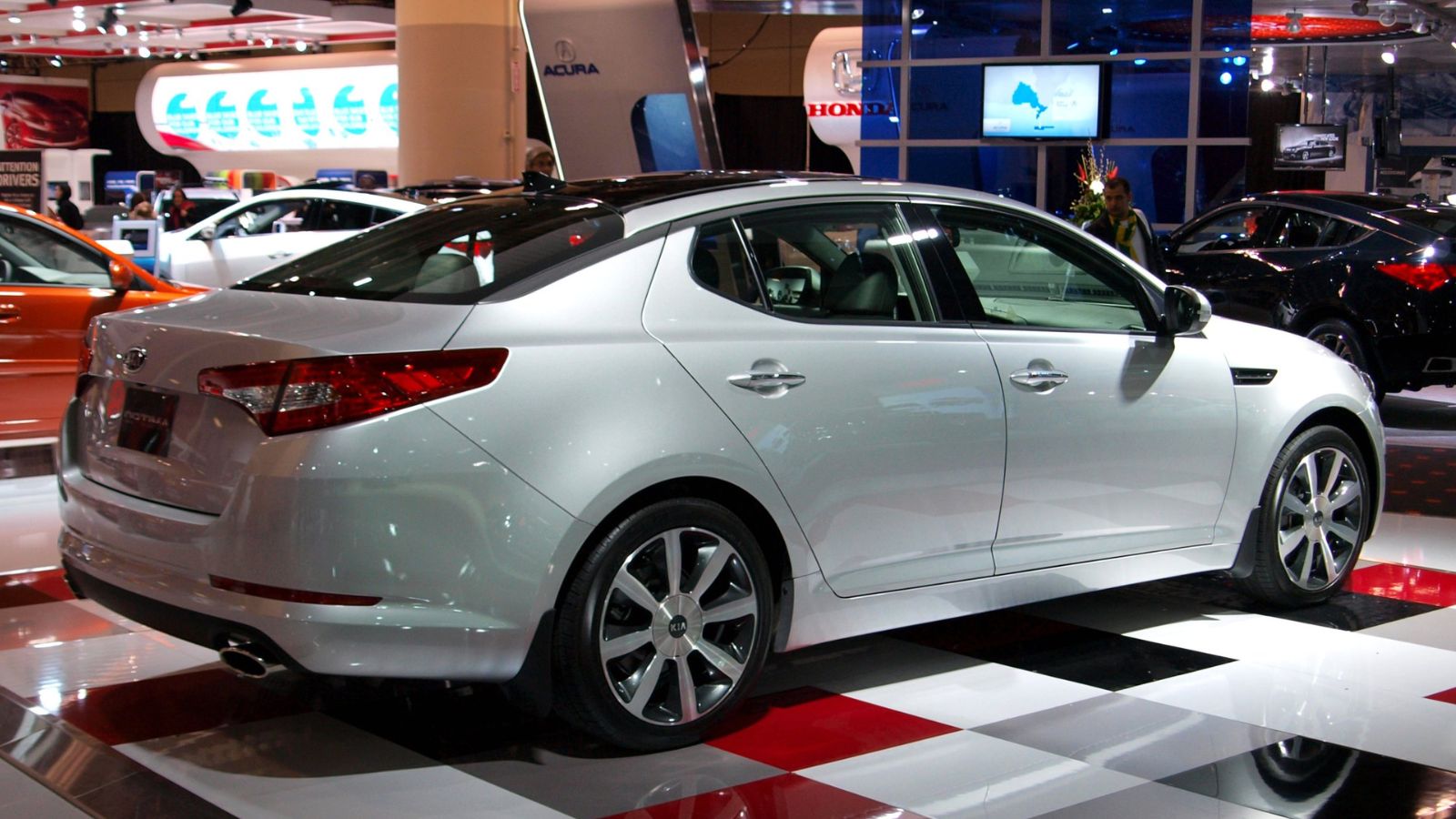
The Kia Optima was stylish and loaded with features, but model years from 2011 to 2014 are infamous for engine failures. Bearings inside the engine would wear out prematurely, often leading to seized motors with little warning. Many Canadian drivers were left stranded, and even when recalls were issued, the damage to the Optima’s reputation stuck. On the used market today, these models are some of the hardest midsize sedans to move, as buyers are wary of inheriting someone else’s engine troubles.
Hyundai Sonata (2011–2014)
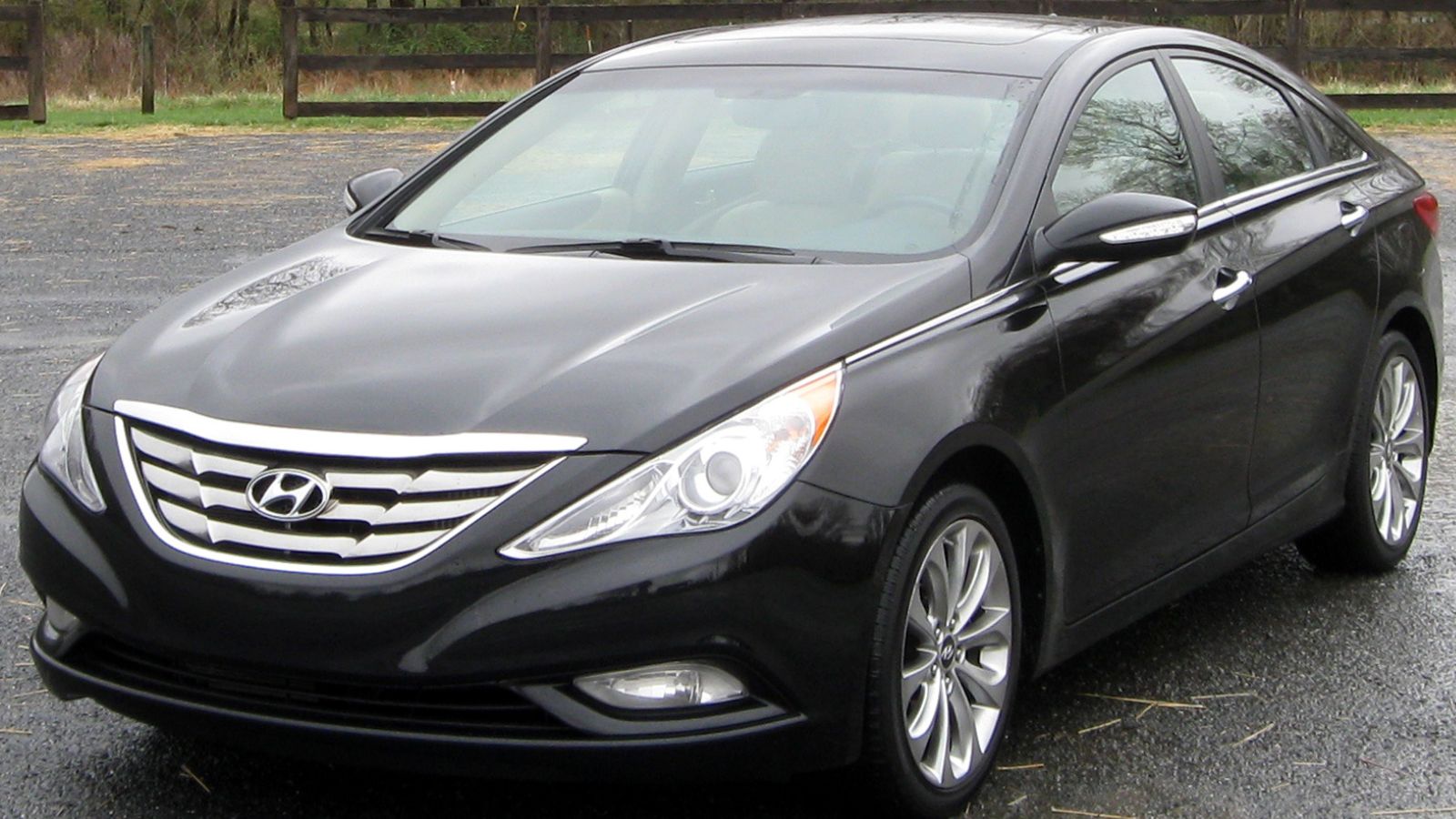
Sharing engines with the Kia Optima, the Hyundai Sonata of the same era was equally plagued. The 2.0-litre turbo and 2.4-litre four-cylinder engines were prone to stalling and catastrophic failure due to poor manufacturing tolerances. Even with Hyundai extending warranties, the stigma around these cars persists. For Canadian families who expect their sedans to last well into six-figure mileage, the Sonata’s high rate of engine failures made it one of the least dependable choices during those years.
Fiat 500
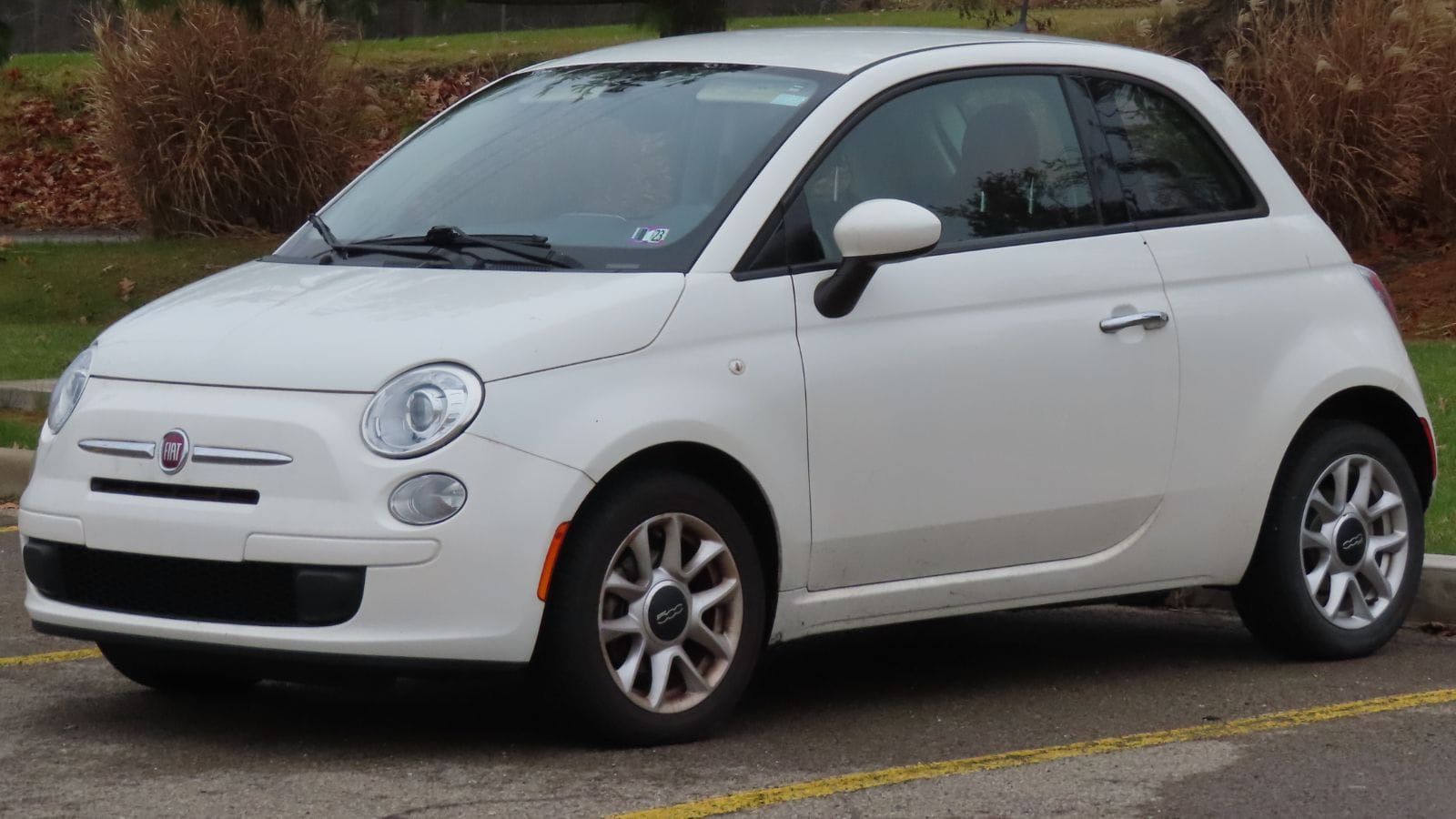
The Fiat 500 won buyers over with its cute looks and European charm, but its reliability quickly unraveled. Transmission issues, electrical glitches, and weak build quality were common complaints. In Canada, the Fiat 500 fared even worse, as its small size and delicate engineering struggled in harsh winter conditions. Rust protection was also subpar, leaving many models looking tired before their time. Buyers who thought they were getting a fun city car often found themselves stuck with endless repairs.
Mitsubishi Mirage
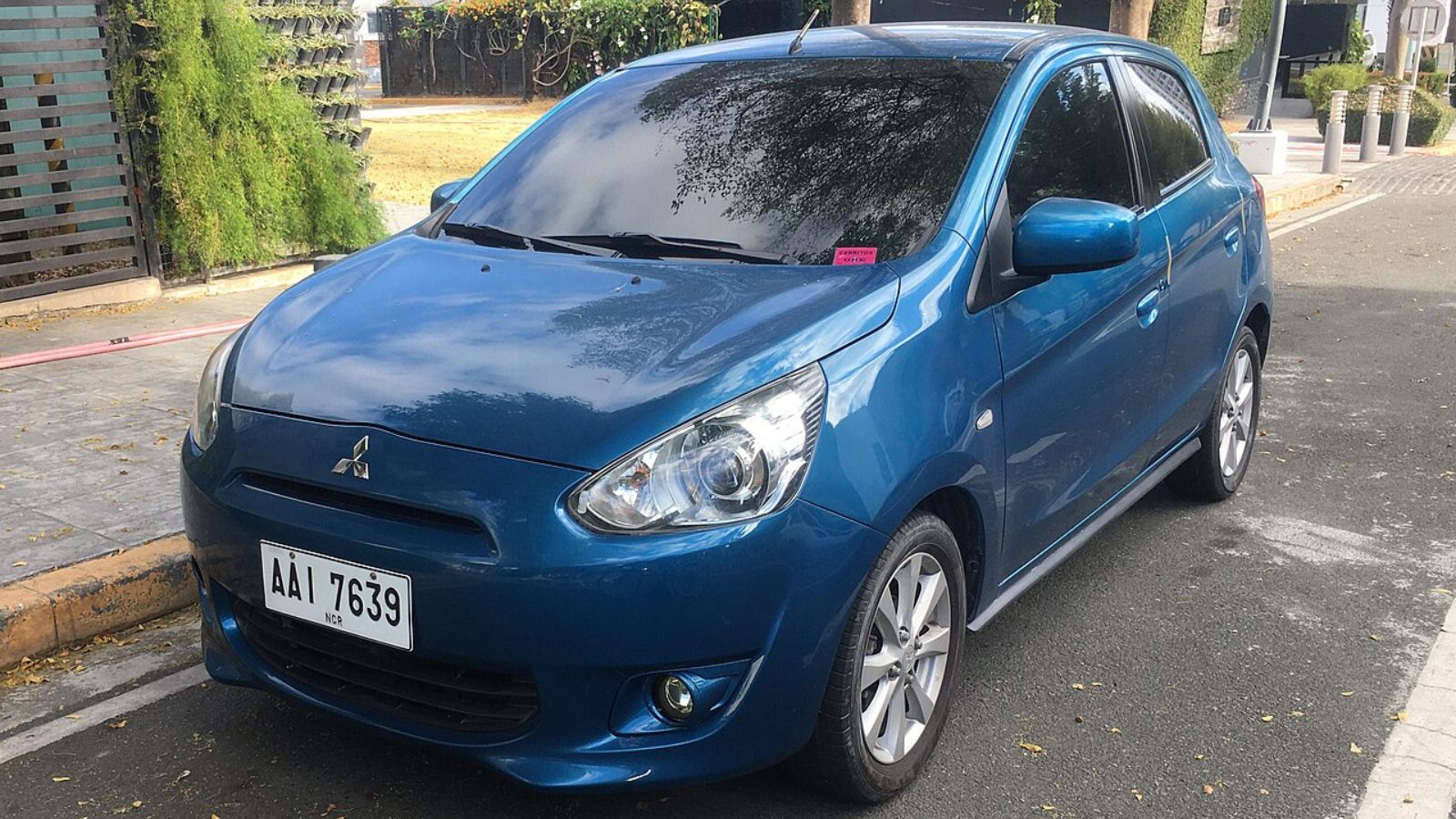
The Mitsubishi Mirage is one of the cheapest cars sold in Canada, but low cost doesn’t equal long-term value. Its tiny three-cylinder engine is underpowered and known for durability issues, especially when pushed hard on highways. The interior feels flimsy, and small but frequent mechanical failures add up over time. While some buyers were drawn to its affordability and fuel economy, the Mirage has struggled with reliability ratings across the board. In Canada, where winter demands more from a car, the Mirage often feels out of its depth.
Why These Cars Fall Short
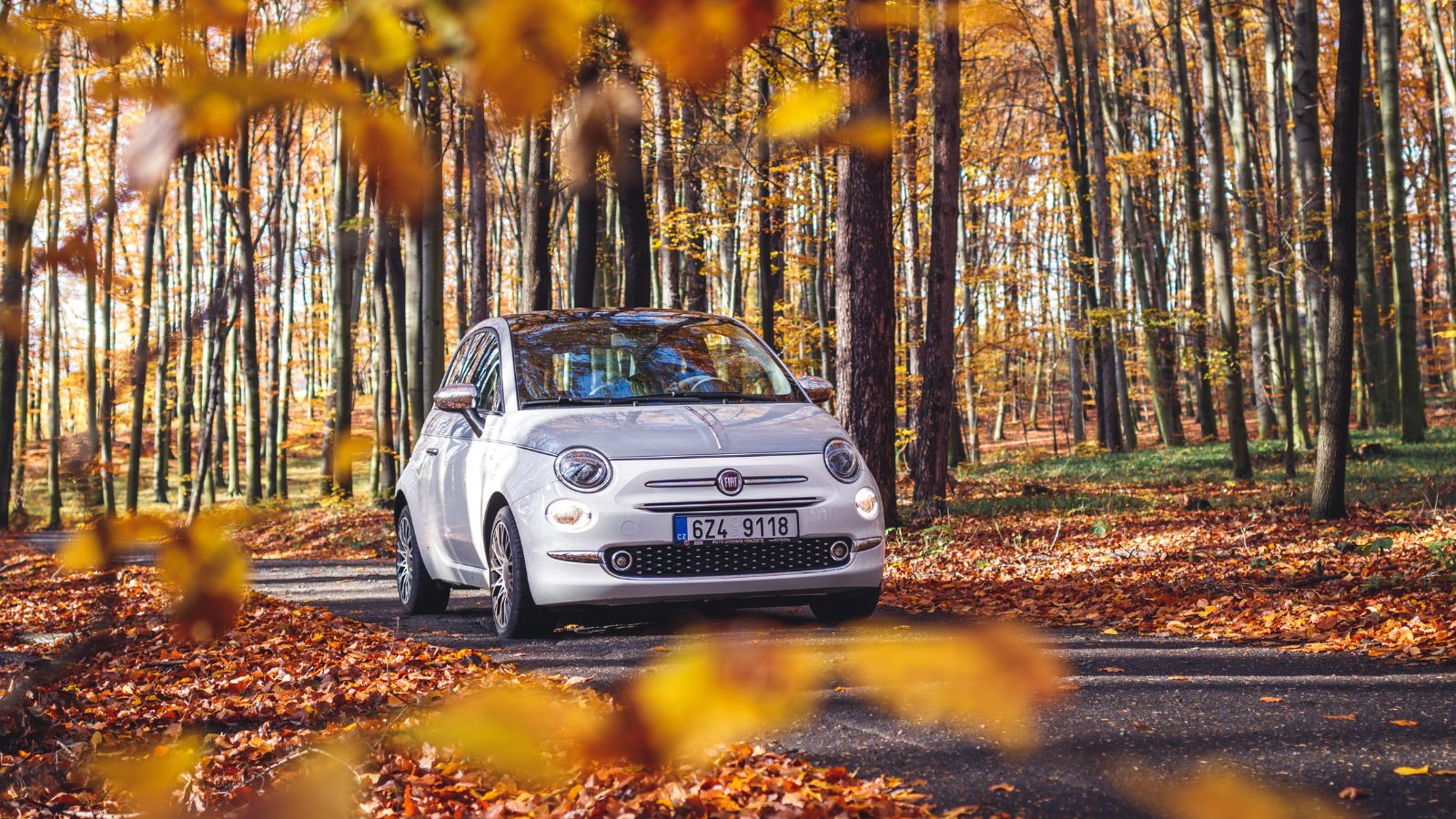
All of these cars have one thing in common: they fail to deliver on long-term reliability. Whether it’s weak engines, failing transmissions, or constant small breakdowns, they end up costing their owners far more in repairs than expected. For Canadian drivers, reliability isn’t just about convenience—it’s about safety and confidence when roads are icy and help may be far away. Choosing wisely can save years of headaches, and avoiding these twelve models is the first step toward smarter ownership.
25 Facts About Car Loans That Most Drivers Don’t Realize

Car loans are one of the most common ways people fund car purchases. Like any other kind of loan, car loans can have certain features that can be regarded as an advantage or a disadvantage to the borrower. Understanding all essential facts about car loans and how they work to ensure that you get the best deal for your financial situation is essential. Here are 25 shocking facts about car loans that most drivers don’t realize:
25 Facts About Car Loans That Most Drivers Don’t Realize
